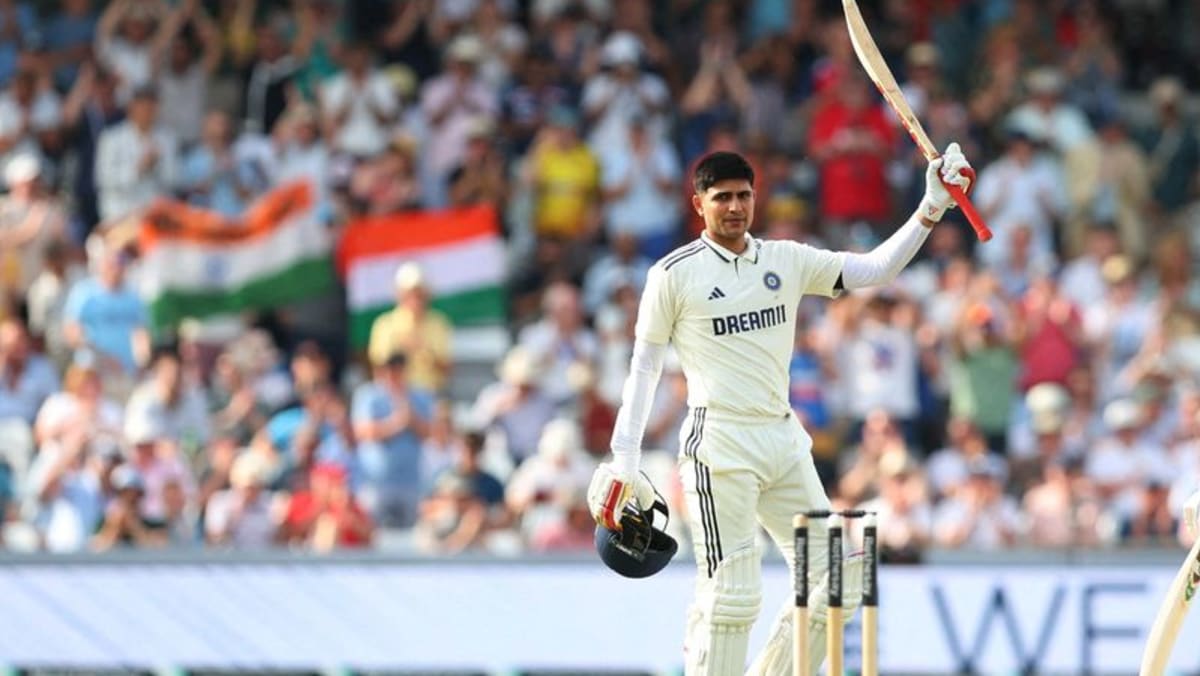

The landscape of Indian cricket is undergoing a seismic shift. With the recent retirements of modern-day legends Virat Kohli and Rohit Sharma from Test cricket, a palpable sense of transition is in the air. For over a decade, these two stalwarts have been the bedrock of the Indian batting lineup, their experience and sheer presence a source of immense stability. However, every ending marks a new beginning, and the departures of Kohli and Sharma have paved the way for a fresh crop of talent to emerge and stake their claim on the international stage. The future, it seems, is already looking bright.
The pressure is undoubtedly on the next generation to fill the massive void left by these iconic figures. The upcoming Test series against England will serve as a crucial litmus test, offering a glimpse into the future of Indian cricket. Names like Shubman Gill and Yashasvi Jaiswal are already being touted as the frontrunners to lead the charge. Gill, who has been appointed as the Test captain, is seen as a long-term prospect. Jaiswal, with his fearless approach and impressive performances in both Australia and England, has already shown glimpses of his potential to become a world-class opener.
Beyond Gill and Jaiswal, a plethora of exciting young talents are waiting in the wings, eager to seize their opportunities. Players like Sai Sudharsan, known for his consistency in domestic cricket, and Sarfaraz Khan, a prolific run-scorer in the Ranji Trophy, are knocking on the door for a consistent run in the Test team. Rishabh Pant's expected return to the side adds another dimension to the batting lineup, with his aggressive approach and wicket-keeping skills making him a valuable asset. The emergence of all-rounders like Nitish Kumar Reddy also provides the team with much-needed balance and flexibility.
This transition period presents both challenges and opportunities for Indian cricket. The loss of experience and leadership is undeniable. Kohli and Sharma brought with them a wealth of knowledge and tactical acumen, qualities that are difficult to replace overnight. However, their absence also creates a chance to build a young, bold, and fearless team, unburdened by the weight of expectations. Selectors now have a vacant slate, providing the chance to back players who have been performing well domestically.
Moreover, the changing of the guard could lead to a more dynamic leadership structure. With exciting leadership prospects like Shubman Gill, Rishabh Pant, and KL Rahul, the team can experiment with different captains for different formats, a strategy that is becoming increasingly common in modern cricket. The focus will be on prioritizing current form and fitness over past reputations, fostering healthy competition within the squad.
While the road ahead may be fraught with challenges, the future of Indian cricket appears to be in safe hands. The new generation is stepping up, ready to embrace the responsibility and carve their own legacy. The team is ready to prioritize team success over individual legacies. The transition from the Kohli-Sharma era may be a gradual process, but the early signs are encouraging. With a blend of youthful exuberance and experienced guidance, Indian cricket is poised to embark on a new and exciting chapter.